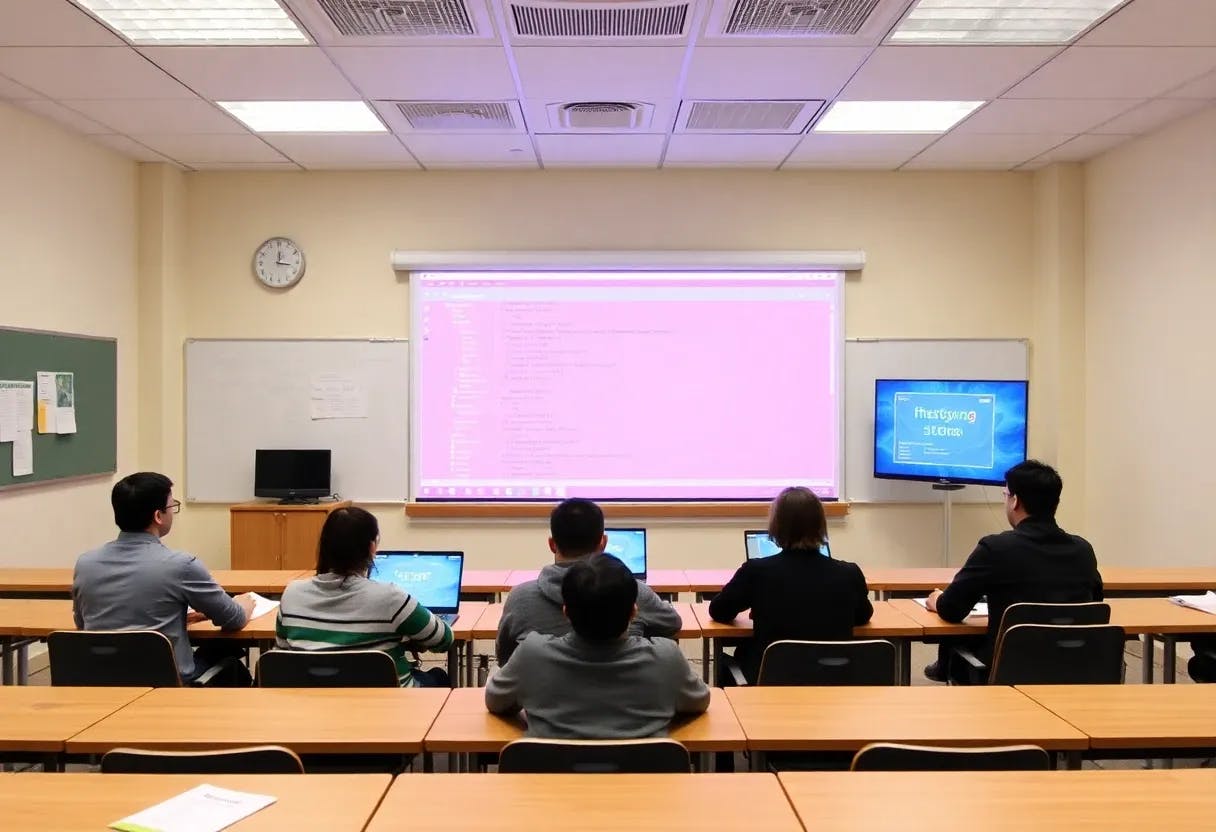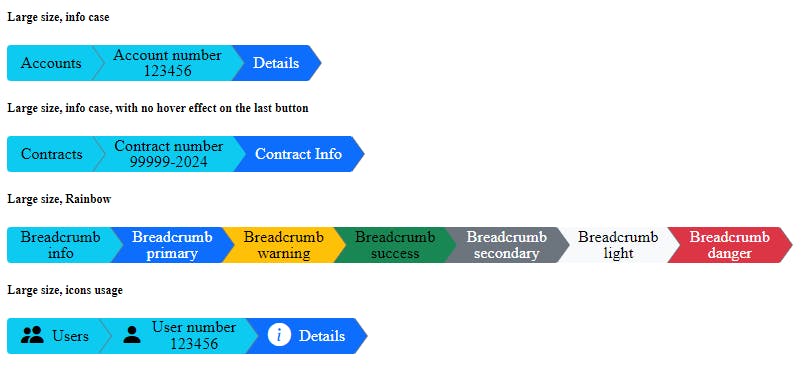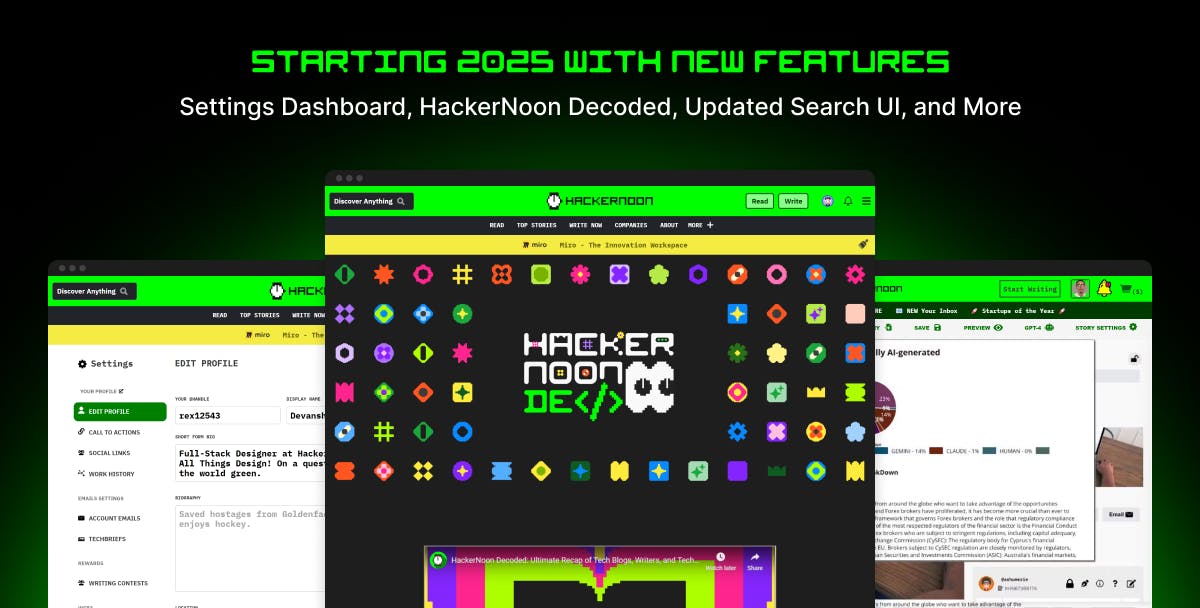Table of Links
Abstract and 1. Introduction
2 Literature Review
3 Approach
3.1 Problem Structure & Dynamic Scaffolding
3.2 Informal Assessment & Feedback
3.3 Pair Programming Dyad
3.4 Course Structure
4 Discussion
5 Conclusion
6 Acknowledgements and References
4 Discussion
Our adaptation of PSS for CS was implemented in a CS1 course and evaluated over a three year period. In order to evaluate our implementation, voluntary anonymous surveys were conducted to assess the student’s perception of its usefulness. Students had two opportunities to fill out the survey over the course of the 15 semester at about weeks 5 & 10. The results on how students viewed the PSS sessions can be found in Table 1. Overall the results of the surveys are very positive. Averaged over the three years, 99.15% found PSS to be engaging, 91.53% found it to be challenging, and 94.92% thought their partners were useful. Furthermore, the average score of 4.16 for PSS usefulness, on a Likert scale of 1 to 5, strongly supports the claim that the PSS was helpful for student learning. This is notable considering the diverse backgrounds of the students in terms of exposure to CS and computer programming. At our institution, CS1 is a formal requirement or strongly encouraged by a variety of majors including accounting, biology, finance, and engineering in addition to computer science. These results appear to strongly suggest that the combination of the problem ladder and dynamic scaffolding generally kept students challenged and in their ZPD. Given the overall positive responses, the PSS must have been effective at matching the appropriate level of difficulty for the majority of students. It is worth noting that since the data was collected via voluntary, anonymous surveys, that this is a caveat to their strong results. Since the students had two opportunities to fill out the survey and the responses are anonymous, the statistics reported in Tables 1 & 2 likely aggregate over multiple responses from a single student. Also, based on the number of responses, there were some students who completed the courses but did not fill out the survey. However, the survey results do match the anecdotes from instructors that students are generally very engaged, asking good questions, completing problems, and are apparently enjoying the experience.
Since the overall structure of the course included lectures, debriefs, and demonstrations in addition to PSS, the survey included questions about what part of the class was preferable. The options of lecture, PSS, both, or neither were given as choices. The lecture option refers to all the class periods that were not PSS sessions. The results can be found in Table 2. Thankfully only one student selected “neither” across the three years. Only 5.93% preferred the lectures, while 39.14% preferred just PSS, and 55.08% preferred the combination of both. These results suggest the importance of PSS over simply lecturing but also the need for some combination of the two.
The demonstrations and debrief lectures were important for the students to learn both essential aspects of the concepts and techniques as well as a chance to see how an expert would use them. The combination of student application of knowledge through PSS contrasted with an expert’s demonstration does match the model of apprenticeship learning better than student application alone. The importance of the two is reflected in the survey results.
A recent pair programming meta-study concluded, “There is little systematic knowledge from meta-analyses or literature reviews on effective instructional design for pair programming, which in fact is a base for effective learning” (Hawlitschek et al., 2022). The results suggest that the combination of problem solving plus dynamic scaffolding and the weekly demonstration-PSSdebrief structure, are an effective instructional design for educational pair programming. PSS for CS combines both the benefits of active learning along with enough guidance to maintain a cohesive, effective pair. As the pair programming meta-study observed, “students – at least, novices – usually need instructional support to ensure the quality and success of collaborative learning activities” (Hawlitschek et al., 2022). PSS for CS supplies this supporting instructional structure.
Our results also indicate that students generally found working with a partner to be beneficial. On average, 94.92% of the respondents indicated that their partner was useful. This reflects other studies which found that working in pairs was more enjoyable than working alone (Williams et al., 2000), enhanced their learning (Williams and Upchurch, 2001), and lead to more persistence and success (McDowell et al., 2002; Hannay et al., 2009).
The majority of research on course design for pair programming has focused on how to form the pairs. Criteria have included student confidence, prior experience, genders, consistency of mental models, or other personality traits However the results of these studies were inconclusive to how best form the student pairs (Hawlitschek et al., 2022). Our use of random assignment for pair selection for each PSS session appears to have worked well according to the results of Table 1. Altogether this might suggest that the most effective pairing strategy is to vary the pairings. This aligns with the notion of distributed learning, that learning is facilitated by the interactive of a variety of perspectives.
Author:
(1) J. Walker Orr, Electrical Engineering and Computer Science, George Fox University, Newberg, OR, 97132, USA ([email protected]).










